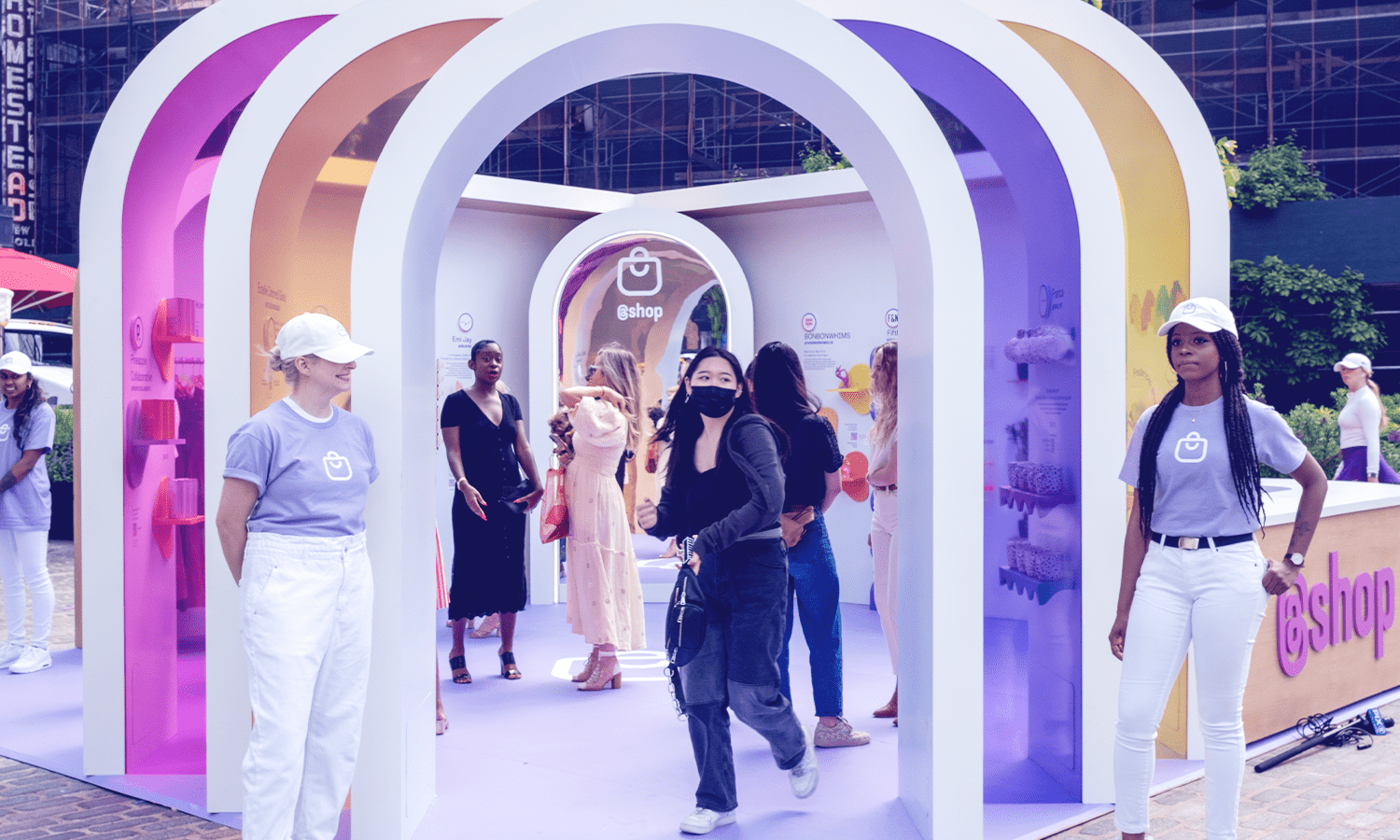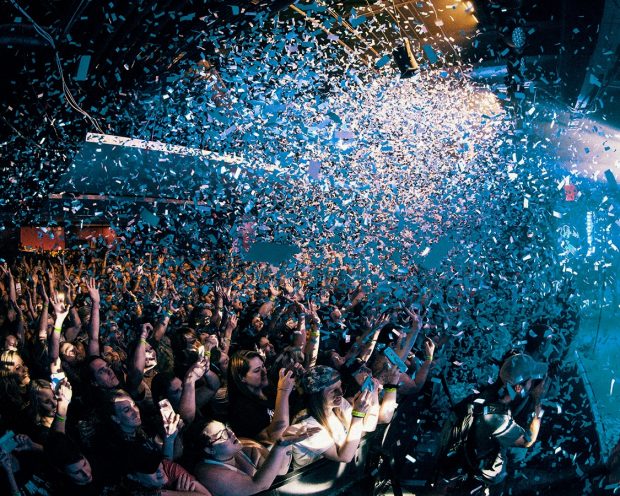Is experiential still the future of retail?

When I think of national holidays, retail sales and discounts come to mind before I can even recall the reason we’re celebrating with a day off from work. I know Memorial Day weekend is the best time of the year to buy a new mattress and that it honors the military, but that’s only because I saw Top Gun Maverick on Saturday. Historically, three-day weekends are prime time for retailers because many traditional business professionals have a day off, while stores remain open. With that extra day, consumers can invest their time and energy (not to mention their cash) in major purchases — like mattresses, furniture and appliances — that require IRL testing and comparison shopping. But does this still require an in-person experience? Can shopping be done entirely online with the help of customer ratings and reviews, technology and luck? You might think so, especially with online retailers creating their own unique shopping holidays. Prime Day, an annual shopping event created by Amazon, is basically Black Friday in July. The event began in July 2015 to coincide with Amazon's birthday celebration; it originally ran for one day of deals but increased to two days by 2019. Then there’s Singles...

